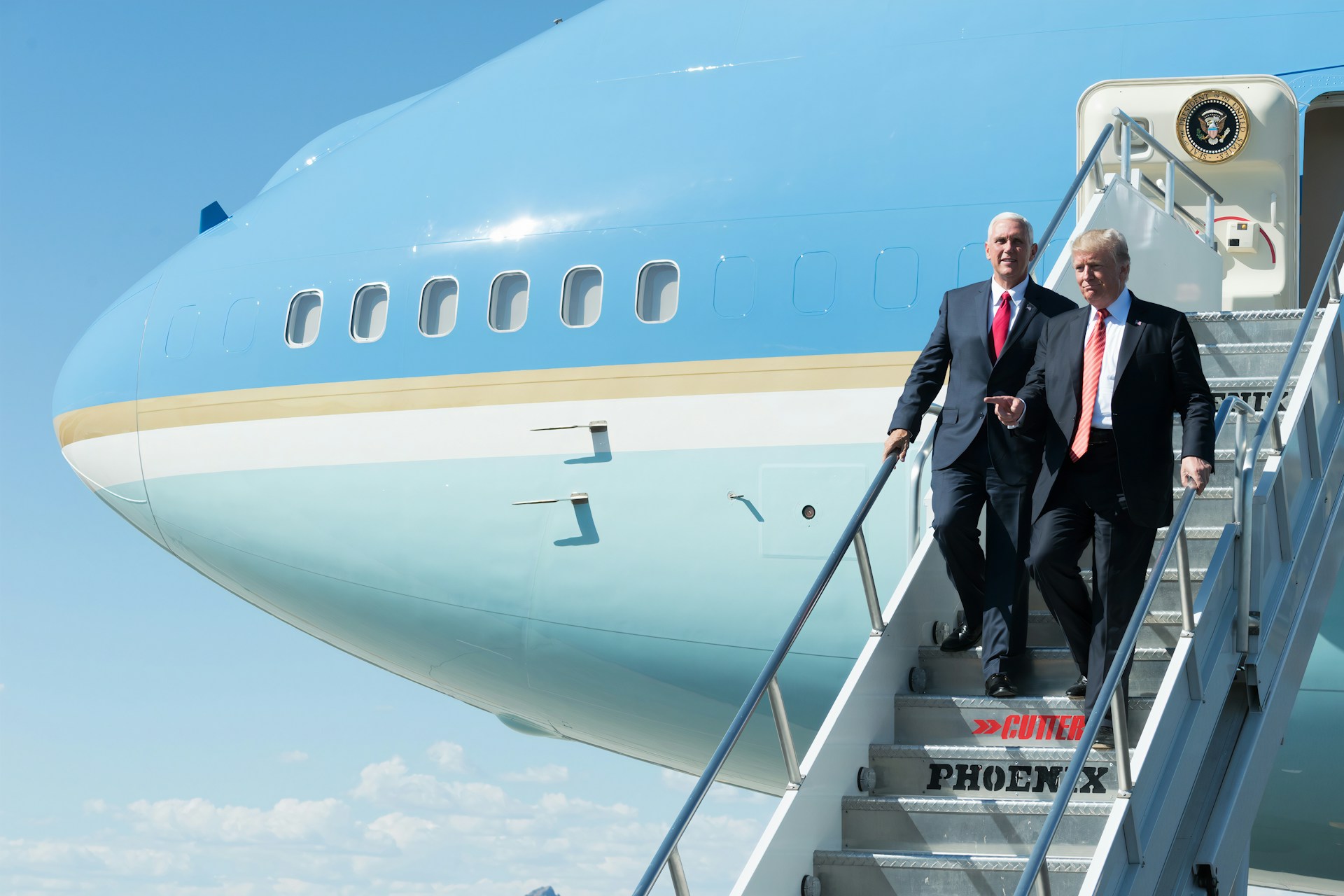
President Donald Trump launched his plan to beat China in artificial intelligence (AI) on Wednesday, so Biden’s safety testing requirements for AI companies are now history.
The 28-page “America’s AI Action Plan” contains over 90 policy changes designed to remove what officials call red tape from AI development. The plan eliminates safety testing rules and transparency reports that major AI developers were required to follow.
“Whether we like it or not, we’re suddenly engaged in a fast-paced competition to build and define this groundbreaking technology,” Trump said at Wednesday’s “Winning the AI Race” event in Washington. “America is going to win it.”
White House AI chief David Sacks called the plan “revolutionary” with “profound effects for both the economy and for national security.” He told reporters, “We believe we’re in an AI race, and we want the United States to win that race.”
The plan sets three main goals: speed up innovation by cutting regulations, build American AI infrastructure, and promote U.S. technology around the world. Officials say they can put all policies in place within six to twelve months.
Trump will remove references to “misinformation, Diversity, Equity, and Inclusion, and climate change” from federal AI risk management rules. The administration will require government contractors to ensure that their AI systems are “objective and free from top-down ideological bias.” Experts question how such standards would work in practice.
Building infrastructure gets major attention. The plan makes environmental permits easier for data centers and energy facilities. It also opens federal lands for AI development.
Officials will expand coal, natural gas, and nuclear power to meet AI’s growing energy needs. AI data centers are projected to require 8.6% of all U.S. electricity by 2035, more than double their current 3.5% share, according to Bloomberg NEF data.
The plan creates what officials call a “try-first culture” for AI use across American business and government. Federal agencies must give employees access to advanced AI tools if their work could benefit from them.
Critics argue that the approach prioritizes corporate profits over public safety. “The White House AI Action plan was written by and for tech billionaires, and will not serve the interests of the broader public,” said Sarah Myers West of the AI Now Institute.
The administration will also watch Chinese AI models for “alignment with Chinese Communist Party talking points and censorship.” It will create export packages to send American AI technology to allied nations.
The plan follows Trump’s recent decision to let Nvidia resume selling advanced AI chips to China. This reversed his administration’s earlier export restrictions. He also announced over $90 billion in private investment for a Pennsylvania AI hub and the $500 billion Stargate project with tech giants.
Trump will sign related executive orders this week to put key parts of the strategy in motion. This marks a sharp turn away from previous AI safety approaches toward rapid, business-friendly development.






















